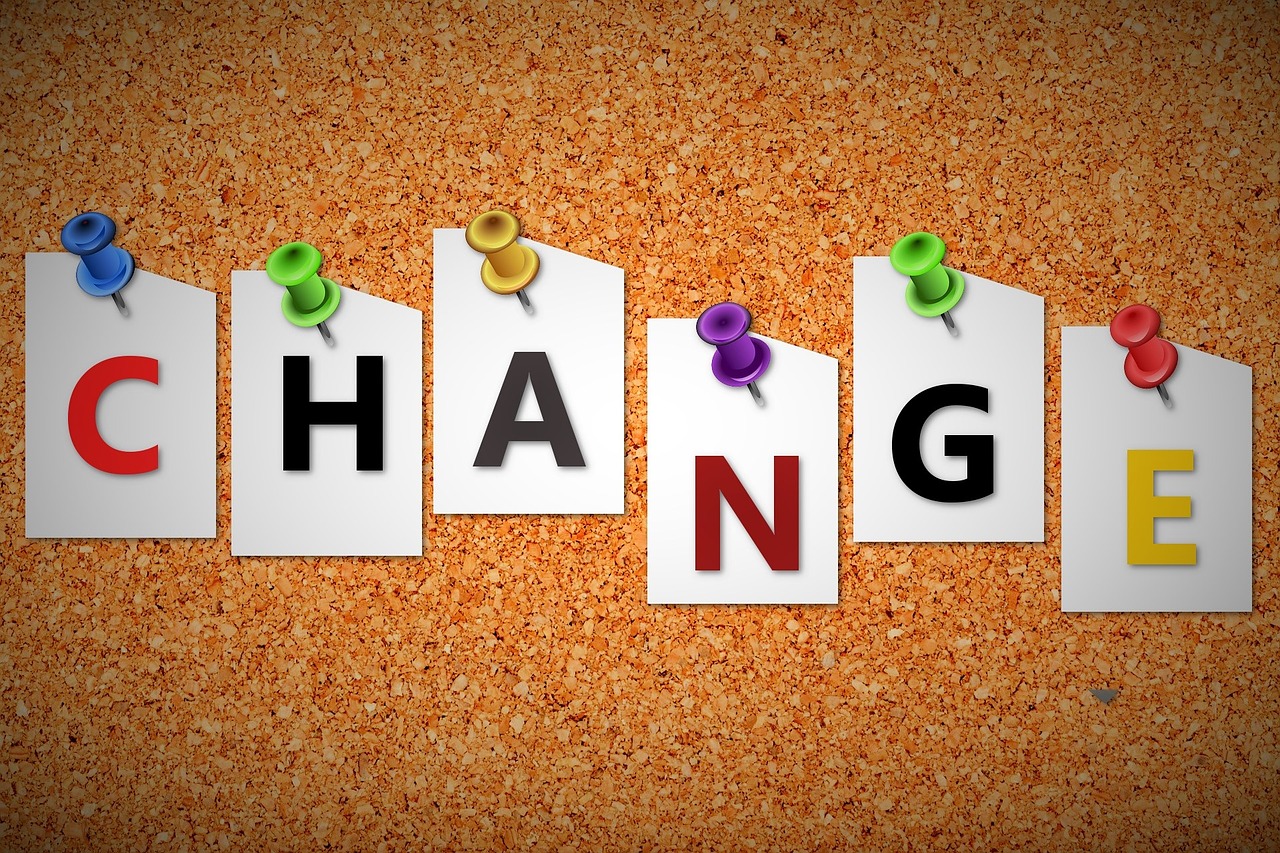Change. Where does it begin? With me, with you—because we’re all for improvement until the consequences of improvement jolt us and create discomfort.
We talk about change and blame our lack of results on change.
We bemoan the fact that we have too much change.
We throw our arms in the air and with exasperation and contend that “If those people would just change, we could get something done around here.”
One truth about change . . .
No matter what you think you know about change or how to manage change, one truth regarding change will not go away.
The pressure to change must be more powerful than the resistance to remain the same. How do you create just the right balance of pressure and support for change?
Start with belief.
“People don’t believe what you tell them. They rarely believe what you show them.
They often believe what their friends tell them.
They always believe what they tell themselves.
What leaders do: they give people stories they can tell about themselves.
Stories about the future and about change.”Seth Godin in Tribes
But we can’t tell those stories or embrace a change when our leaders share only bits and pieces. If we do not connect the dots for others through open dialogue and transparency, all change becomes suspect. There is always a feeling of something lurking behind the scenes.
Create urgency . . .
Part of building the story involves establishing the need for change. Why this? Why now?
In A Sense of Urgency, John Kotter warns about complacency and shares that “urgency means ‘of pressing importance.’ When people have a true sense of urgency, they think that action on critical issues is needed now, not eventually, not when it fits into a schedule. Now means making real progress every single day. Critically important means challenges that are central to success or survival, winning or losing.”
I view excellence “of pressing importance.” Our workplaces, our lives, and our world need to act on critical issues and face the challenges central to our success—indeed, our very survival.
How will you create transparency, establish urgency, and give people stories they can embrace for change?
And always—
Be kind. Be brave. Be you.
Photo: © Kathryn LeRoy


Leave A Comment